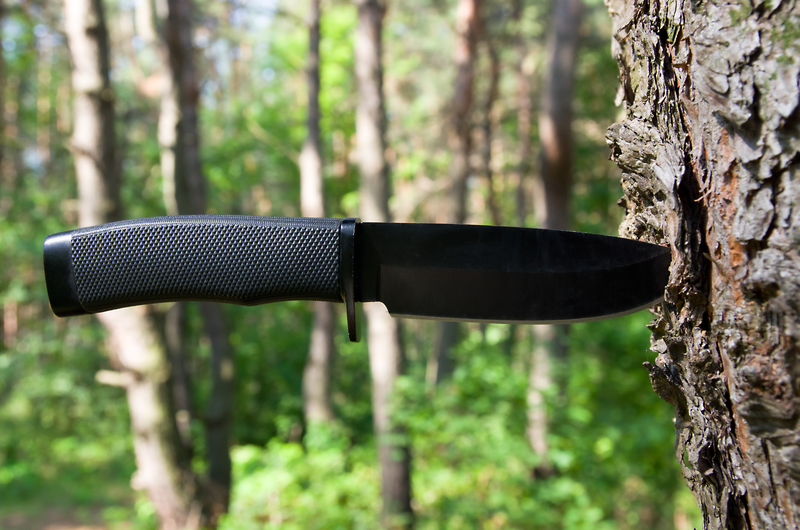The best way to ensure you do not have to defend yourself in a fight is to avoid the fight or the environment where a fight could occur.
Sometimes, however, that is not possible and if that is the case, here are the principles you must adhere to in order to ensure your safety.
Don’t Get Cut
This one may seem like a no-brainier, but this principle has been all but lost in many modern schools of combat. The mantra, “You WILL get cut,” has been so loudly chanted that the roar has completely drowned out the reasoning behind the idea. The ultimate goal of any physical encounter is survival. One way to increase your odds of surviving an encounter with a blade is to avoid bleeding out by not getting cut.Don’t Be Surprised When You Do Get Cut
This is really the attitude we’re trying to convey with the axiom, “You WILL get cut.” Mindset is key to survival. If you’re involved in close combat with a blade, there’s a very high probably that someone will get cut, possibly you.Everything is a Target
When we talk about blades, every part of the human body is a target.
If you don’t think a cut to the hand can take a whole lot of fight out of someone, you’ve never had your hand cut down to the bone. I’ve seen a half-inch cut to the hand sever a tendon, causing partial loss of function. A cut to the hand, arm, face or leg may be enough to de-escalate the attack. If nothing else though, it will help you create openings to more severe targets.Keep the Length of Your Knife Between You and Your Threat
If you’re using a blade to protect yourself, you want to force your threat to get past your blade to get to you. Keep your weapon side forward and position your blade so the tip is pointing toward your threat.Keep Your Blade Moving at All Times
By keeping your blade in constant motion, you’ll make it difficult for your opponent to detect and predict your movements.Never Repeat the Same Movement Pattern More than Twice
You should constantly vary your blade movement patterns and the speed of movement within those patterns. You can switch between side-to-side motions, circles, zig-zags, spirals, etc. Switch between patterns often, vary the size of the patterns and change up the speed of the patterns.Be Fluid and Let the Blade Do the Work
One of the advantages of using a blade is it doesn’t require a lot of strength or power to be effective. Let the blade do its job. Control the path of the blade and make your cuts and thrusts fluid and smooth.Footwork, Timing and Distance are Key
These three elements essentially form a triangular principle, because all three are interrelated. You must be able to control the range between you and your opponent through footwork and timing.Evasion is More Important than Invasion
This principle is multi-faceted. Whenever possible, it’s better to evade an attack altogether than to engage in combat.Don’t Be in a Hurry to Die
Use the previous nine principles to avoid getting cut, attack available targets, protect your own blade and control distance; thereby allowing the opportunity to find your opening and finish the fight.
Again, the best way to evade a conflict is to be self-aware and alert and to not resort to violence in the first place.
If avoiding a fight is not possible, however, there are steps you can take to ensure you have the advantage – steps your attacker probably is not aware of!
To learn more about self-defense with and without a knife as a weapon, please visit Imminent Threat Solutions.

Run! 😀
Stick um with the pointy end.
Bring a gun
A combination of those may be needed that is bring a gun ; stick with the pointy end ;and or run.
anyone know what knife that is?
I was wondering the same
Win
Its a Buck
https://encrypted-tbn1.gstatic.com/images?q=tbn:ANd9GcTuu4Zv25sqsLQ5ZE4BBufHVs7ILMDC8GEcUnqLwL7kbd1cUlBE3w
Thanks, looks solid.